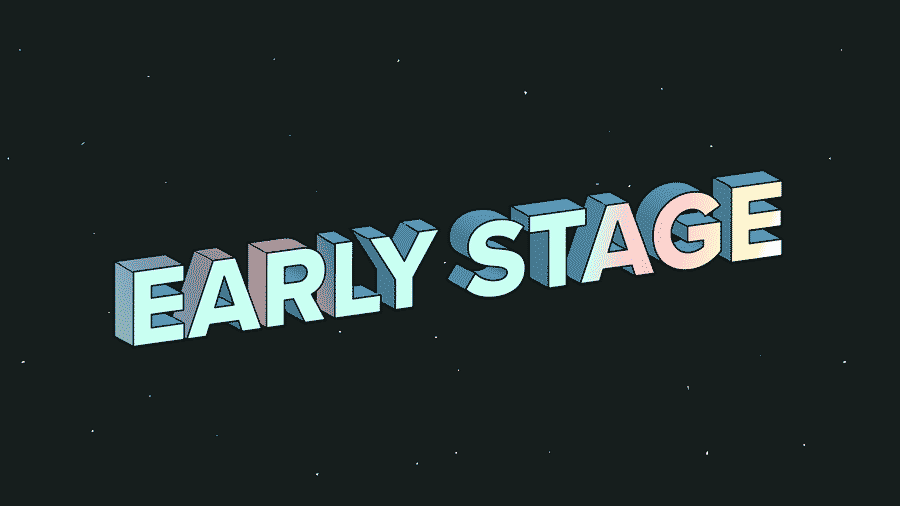You wouldn’t be wrong for believing that venture capital is just a big bowl of alphabet soup.
GPs invest the money of LPs. Performance is measured by metrics like TVPI, DPI and IRR. In pitches, founders and their funders may talk up low CACs and high LTVs. And with the exception of “seed” (which is a semantic morass best addressed separately) the rounds are labeled, alphabetically, starting with Series A, then Series B, followed by Series C, and so on through the alphabet.
It’s Series A rounds we’ll focus on here.
Subscribe to the Crunchbase Daily
What is a Series A round, really? These days, it’s kinda hard to tell. Not so long ago, one could pretty reliably define “Series A” as the first priced round of financing from institutional investors raised by a privately held company. In other words, it was the first round at which a valuation was assigned and the deal was funded by professional investors. But now, it’s increasingly common for seed rounds to be priced. And, these days, a majority of new venture firm formation is initiated by professional money managers specifically targeting seed-stage deals.
Suffice it to say that a Series A is a Series A when founders and their backers agree that a round is a Series A and agree to call it such. It’s all very postmodern, like so many things these days.
Despite these caveats, however, the size of Series A rounds tend to follow a pattern. To show this, we analyzed 2,539 Series A rounds raised by U.S.-based startups between 2018 and late January 2020. The data was sourced from Crunchbase. We segmented the data by the amount of money raised (in USD) and location, and plotted the results in a histogram displaying the number of Series A deals raised within each round size “bucket.”

A majority of Series A rounds are less than $9 million. The median Series A round from this sample set is $8.6 million, nationwide.
There is a very long tail of deals on the right-hand side of the distribution, extending well into the territory of “supergiant” venture rounds. The data we sampled for this analysis has 32 rounds of $100 million or more, mostly closed by biotechnology companies. But self-driving car technology upstarts (like Pony.ai), so-called iBuyer real estate companies (like Ribbon and Bungalow) and automation companies (like robotics company Bright Machines and robotic process automation shop Automation Anywhere) are in the mix as well.
Nationwide, the distribution of Series A size is somewhat bimodal. Despite a wide spectrum of deal size, there are clusters of rounds around certain values. Of the deals sampled, 15 percent are between $4 million and $6 million, and roughly 9.3 percent of sampled deals are in the $9,000,001 to $10,000,000 range.
Not every startup fundraising market has the same distribution of deal sizes at Series A. Patterns of Series A round size reflect the local dynamics of a particular market.
The 310 Series A rounds raised by New York City-based companies looks similar to the nationwide sample.

Recently, the median Series A deal size in New York City has hovered right around $10 million, a little larger than nationwide figures.
The median Series A deal in San Francisco (just the city, not Silicon Valley or the Bay Area as a whole) is also $10 million.

The distribution of round size in San Francisco and New York is “pointier” (e.g. has more kurtosis) than the last major market we’ll review here: the combined markets of Boston and Cambridge, Massachusetts.

Here we see the influence of industry composition in a given area. Boston and Cambridge are home to many life sciences and “deep tech” ventures, all of which require large up-front investment to build viable companies.
How much is just right for a startup’s Series A?
How much money should a company raise in its Series A round? The answer, as with all things in life, is that it’s complicated and it depends.
If pre-seed is all about raising enough to get a minimum viable product or service out into the wild, and a seed round is meant to give a company enough runway to dial in on something close to product-market fit, then a Series A round is there to fund the ongoing development of a repeatable, scalable business model. At least that’s typically how it goes.
How much a company needs to raise depends on the business it’s pursuing, the sector it’s in and where it’s based. In its Series A round, $5 million might feel like a comfortable cash cushion for a SaaS business to raise, but for a hardware startup that might barely cover the cost of sourcing materials and spinning up production, with little left over for logistics and fulfillment. A company in a high-cost market like San Francisco will need to raise more money than similar companies based in more affordable locales. Additionally, a founder might decide on a rough cadence for fundraising; whether expecting to raise the next round in 18 or 24 months (assuming all goes well) determines how much will need to be raised today.
The fact is there is no “right” amount to raise. Nice round numbers like $5 million or $10 million look tidy on a cap table and sound good to the press, but there’s nothing magical about raising a nice round number. Companies should raise what they need to achieve the set of objectives they and their investors decide on. Any less and you run the risk of starving a company before it ever leaves the nest. Much more than that and you get recklessness.
Illustration: Li-Anne Dias

Stay up to date with recent funding rounds, acquisitions, and more with the Crunchbase Daily.



![Illustration of a guy watering plants with a blocked hose - Global [Dom Guzman]](https://news.crunchbase.com/wp-content/uploads/quarterly-global-3-300x168.jpg)
67.1K Followers